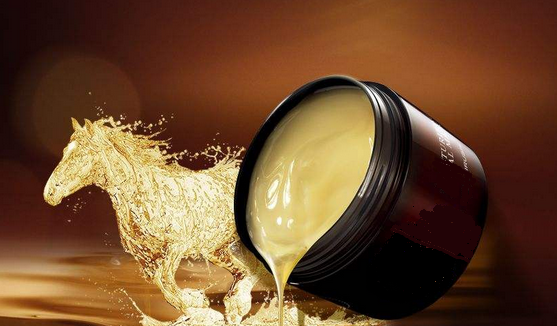How to use herbicide in nursery
First, the spray method: suitable for spray herbicide formulations are wettable powder, EC and water and so on. General requirements for spraying the diameter of the fog below 100 to 200 microns. The fog point is too large, the adhesion is poor, and it is easy to lose; the fog point is too thin, it is easily blown away by the wind, and the amount of adhesion is reduced.
The preparations required for dispensing include: water tanks, buckets, filter gauze, stirrers, and the like. In order to accurately formulate the amount of drug, it should be set the container, the amount of drug, the amount of water, so you can avoid mistakes. The amount of drug should be weighed in advance with a balance or a relatively accurate small scale according to the size of the container, and packaged well, each time with a package. Use a fixed bucket to draw on the quantitative water line, and take water every time. The wrapped medicinal gauze is wrapped and dissolved in a small amount of water. The residue in the gauze is then removed and diluted with the required amount of water to form a liquid. The quantitative drug can also be dissolved in a small amount of water, fully stirred into a paste, and then add a fixed amount of water to stir evenly, that is, liquid medicine. The amount of water should be 30 kg to 50 kg per acre. The medicine should be used now and should not be stored for a long time.
Second, toxic soil method. Toxic soil is a mixture of chemicals and fine soil. It is generally preferred that the fine soil is sieved through a No. 10 to No. 20 sieve. The soil should not be too dry, and it should not be too wet. It is better to loosen the soil and automatically disperse it. The amount of soil is subject to uniform application, generally 15 to 20 kilograms per mu. If it is a powder, you can mix the soil directly; if it is a cream, dilute it with water first, then use a sprayer to spray it on the fine soil and mix well. If the dosage of the medicine is small, mix it with a small amount of soil and the medicine first, then mix it with the whole amount of soil and spread evenly.
Horse Oil: History and Production
Before gaining popularity as a beauty product, horse oil was used as a [folk medicine" in the days of ancient China. Believed to be a remedy for burns, insect bites, cuts, asthma, foot fungus, and even hair loss, the miracle oil was supposedly first brought to Japan over 1,000 years ago. Because its properties are similar to the oils naturally produced by human skin, it is easily absorbed by the skin and is safe for people all ages, including infants. Due to its effectiveness as a moisturizing agent and anti-irritant, horse oil became especially popular in Hokkaido, as it protects the skin from the region`s harsh climate and cold, dry air. The vast expanse of land in the region made it easy to farm horses for the oil.
The product is made by extracting the oils from horse fat. Horses are regularly farmed and raised for their meat in Japan, which is served in the form of basashi (raw horse), so the animals are not slaughtered solely for the purpose of a skincare product. Rather, they are farmed for food, and their oil is a byproduct of this process.

Equine Beauty Products,Pure Horse Oil,Horse Oil Women Beauty,Fungasol Ointment
Jiangxi Institute of Biological Products Inc. , https://www.jxinstitute.com